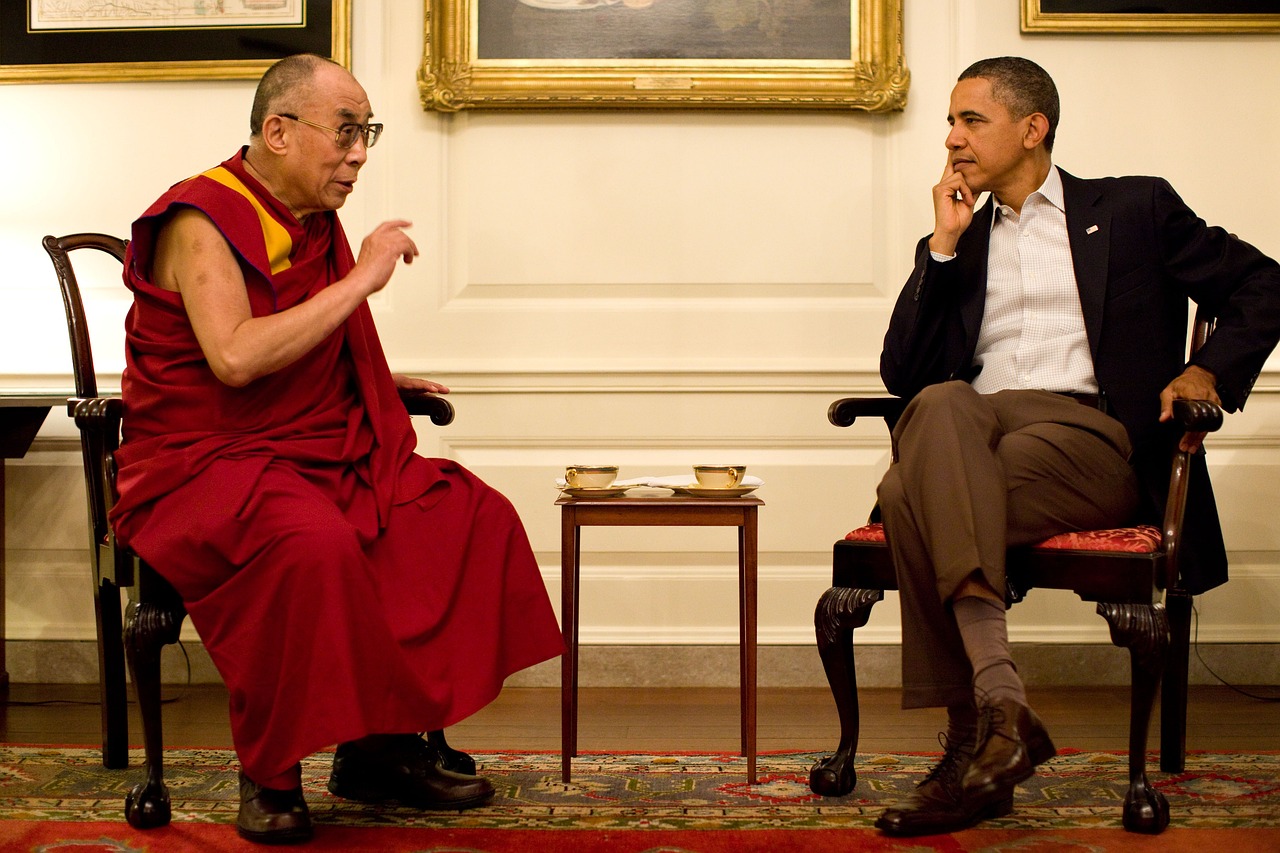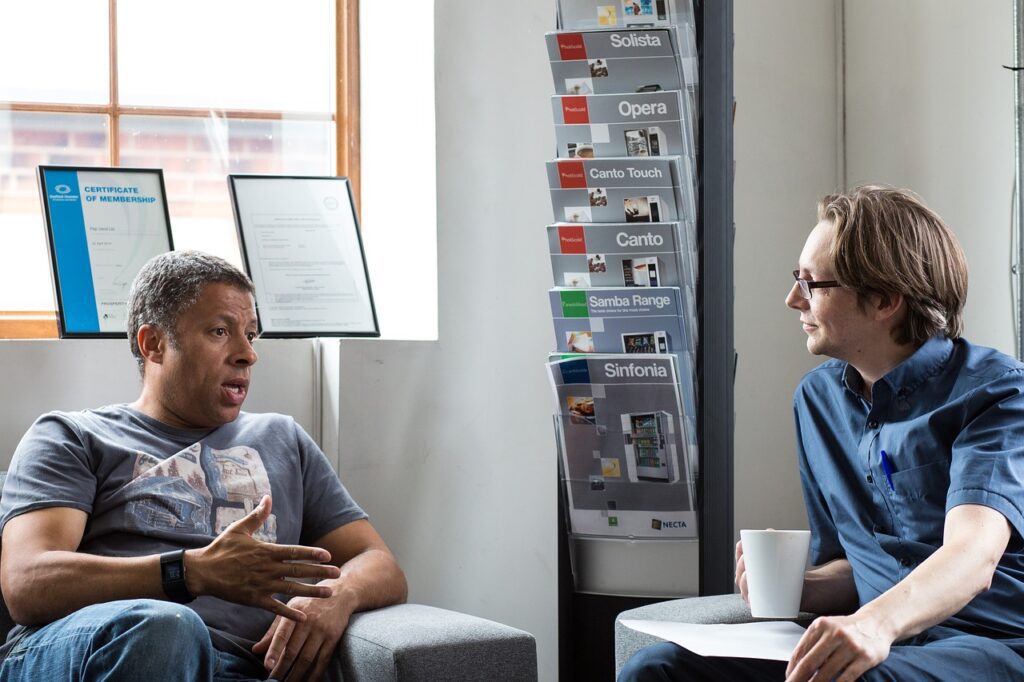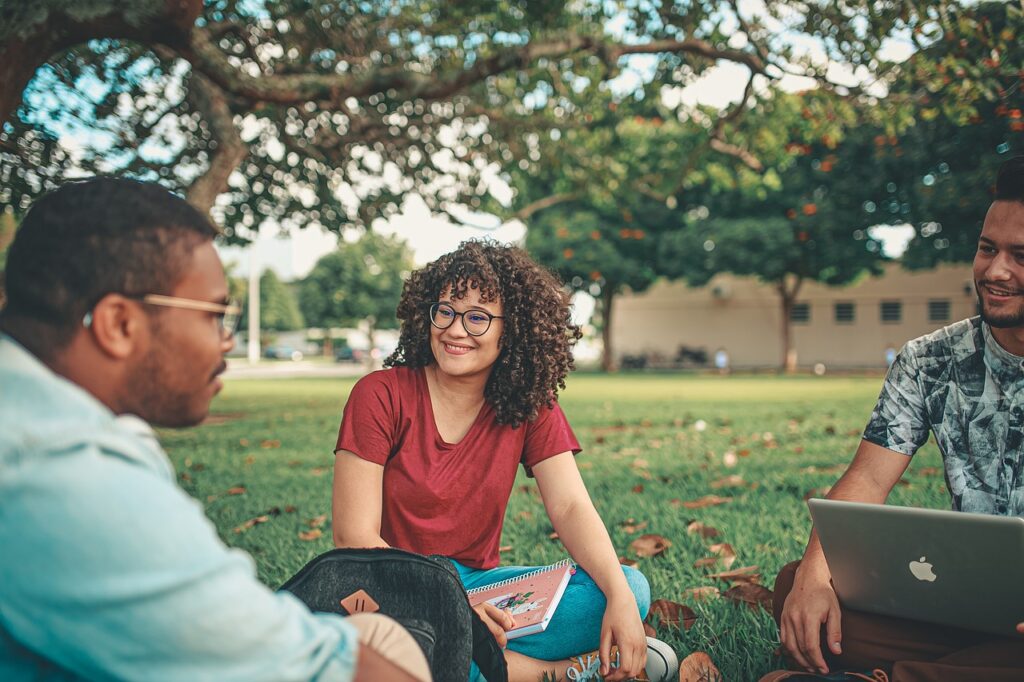
 By
Beauty Adams
By
Beauty Adams

Communication is the cornerstone of human connection, and mastering the art of effective communication is crucial for fostering healthy relationships.
In this comprehensive guide, we’ll explore ten practical tips and techniques to enhance your communication skills, promoting meaningful connections and overall well-being.

To communicate effectively, you need to learn the importance of being fully present when engaging in conversations. Active listening involves giving your full attention, showing genuine interest, and avoiding distractions.
Learn how to reflect on what others are saying. Repeat back key points to ensure understanding and demonstrate that you value and respect their perspective.
Explore the significance of clear and concise communication. Avoid jargon and unnecessary complexity, aiming for straightforward messages that are easy to understand.
In order to communicate well, you also need to understand the potential pitfalls of ambiguity. Strive for clarity to reduce misunderstandings and ensure that your message is received as intended.
To communicate effectively, you also need to master non-verbal cues, such as body language and facial expressions. Enhance your ability to read and convey non-verbal signals to strengthen your overall communication.
Recognize the impact of tone on communication. Learn to modulate your tone to match the context, conveying empathy, confidence, or assertiveness as needed.

Cultivate empathy by putting yourself in others’ shoes. Recognize that different experiences and viewpoints exist, and acknowledge the validity of diverse perspectives.
Explore the power of validating others’ feelings and affirming their experiences. This fosters a sense of understanding and support in your communication.
Master the delicate balance of providing constructive feedback. Learn to frame criticism positively, focusing on improvement rather than blame.
Equally important is the ability to receive feedback graciously. Develop resilience and openness to constructive criticism as a means of personal and professional growth.
Acknowledge and respect cultural differences in communication styles. Learn to navigate diverse perspectives and foster inclusivity in your interactions.
Understand the harmful impact of stereotypes on communication. Strive to challenge and overcome preconceived notions, promoting a more open and understanding dialogue.
Integrate mindfulness into your communication practices. Being fully present in the moment enhances your ability to respond thoughtfully and reduces the likelihood of misunderstandings.
Cultivate patience in your conversations. Avoid rushing through discussions and give others the time they need to express themselves fully.
Understand the importance of setting boundaries in communication. Clearly articulate your needs and limitations, promoting a healthy and respectful exchange of ideas.
Equally crucial is respecting the boundaries of others. Learn to recognize and honor their limits, creating an environment of mutual respect.

Explore the nuances of digital communication, including email, messaging, and video calls. Understand how to use technology mindfully to enhance, rather than hinder, your connections.
Maintain a balance between virtual and in-person interactions. Recognize the unique challenges and opportunities each platform presents for effective communication.
Develop a habit of reflecting on your communication experiences. Identify areas for improvement and celebrate successes, fostering a mindset of continuous learning.
Recognize that effective communication may vary across contexts. Develop adaptability in your communication style to suit different environments and audiences.
Effective communication is a skill that can be cultivated and refined over time.
By incorporating these ten tips and techniques into your daily interactions, you can build stronger connections, enhance your relationships, and contribute to your overall well-being. Remember that communication is a two-way street, and the more intentional and mindful you are in your approach, the more fulfilling and meaningful your connections will become.





Never miss an important update. Be the first to receive our exclusive beauty tips straight into your inbox.